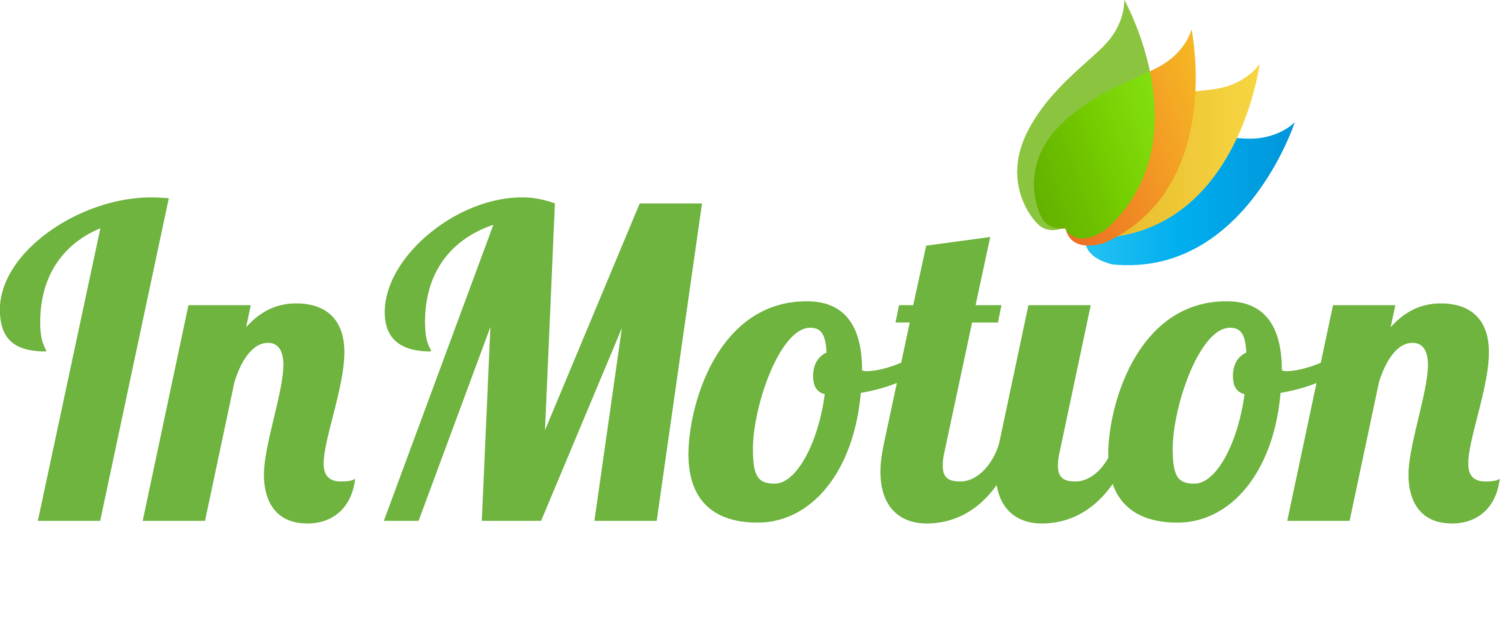Why Being Unvarnished Matters
Being unvarnished in this sense is not the same as being blunt or rough around the edges. It means you’re presenting yourself without a false front or unnecessary embellishment, not shoehorning yourself into a persona or temperament simply because that’s what’s expected of you.
And it’s not always easy. It might even be risky.
That’s because peer pressure is not reserved for teenagers. You might feel obligated to bend your personal ethics for your employer, who insists you fit into a corporate culture of aggressive sales. Or you might feel intimidated by your in-laws, who are less than subtle about their expectation that you will adopt their version of professional success. Or you could feel bullied by a friend whose strong convictions about lifestyle and money turn into an oblique critique of the way you’re living your life.
But the challenges (and perhaps even short-term sacrifices) you face when being unvarnished pale in comparison to the personal and professional rewards.
Being Unvarnished Reveals the Breadth and Depth of Your Best-of-Self Traits
Your best-of-self traits are the spectacular constellation of skills and strengths, experiences and quirks that make you a little (or a lot) different from the rest of the crowd. They point to what inspires you and what you stand for. They are the source of strength you need in order to experience the world in a deep and multifaceted way.
When you’re a varnished, veneered version of yourself, your best-of-self traits are hazy, if not fully obscured. Living with that false front plays out in one of three ways: 1) you can’t identify or use your best-of-self traits, 2) you overuse your best-of-self traits or 3) you underuse your best-of-self traits. All of which leave you feeling heavy, stale and drained.
But when you’re living unvarnished, your best-of-self traits are visible, revealing who you are and what you have to offer: your character and temperament, the skills and the competencies you’ve developed over time. You feel clean and solid, even when there’s risk involved.
The bonus? Your best-of-self traits offer you (and others) a glimpse into your best-of-self potential, showing how you will apply your character, experience and skills in new situations; revealing which traits will develop naturally over time; and guiding the purposeful development of traits you want to strengthen.
And a double bonus: A powerful cycle of growth, courage and strength begins to emerge. The more unvarnished you are, the greater your capacity to develop your best-of-self traits. And the more developed your best-of-self traits, the easier and more rewarding it is to be unvarnished. One fortifies the other.
How to Practice the Art of Stripping Away Your Varnish
You can begin to practice the art of being unvarnished by getting crystal clear about what your best-of-self traits are and then use them in a purposeful way. Because this can be difficult to do on your own, I developed 5 steps to help you strip away the varnish of actions and thoughts that do not fit with who you are at your best.
1) Ask yourself these 2 questions, writing down your response to each.
- What do people consistently say you do well or compliment you about?
- What aspect of your personality can get you into trouble?
2) As you read what you have written, highlight or circle the words and phrases that feel solid and true. Do the same with any other words or phrases that stand out because they are surprising, uncomfortable or disrupt the way you think about yourself.
3a) Cluster the words and phrases that seem related. The clusters reflect your best-of-self traits. Perhaps you see a knowledge cluster (perspective, curiosity, creativity) or a relationship cluster (generosity, teamwork, kindness).
3b) Ask yourself these 2 questions, writing down your response to each.
- Which cluster of best-of-self traits do you hesitate to use or refrain from using?
- What underlying thoughts or beliefs do you need to strip away in order to use your best-of-self traits?
4) Once you know the thoughts or beliefs you need to strip away, give yourself permission to do so. Then brainstorm 3 ways you can use the best-of-self traits you previously hesitated to use or refrained from using.
5) This week, commit to taking action on 1 of the 3 ideas from your brainstorm session. Don’t worry about creating a plan or a schedule, just start by taking one step. Remember: It doesn’t matter if your step is small or big, a quick sure stride or a tiptoe. What matters is that you take the step.
